Culpeper Flag (1775): History of the Culpeper Minute Men Banner

Virginia's Revolutionary Standard: History of the Culpeper Minute Men Flag (1775)
Culpeper Flag Active: July 12, 1775-January 1776, 1860-1865, 1898, 1900-present, 1917-1918
The Minute Men of Culpeper, Virginia, carried a white flag bearing their organization's name across the top, and a coiled snake in the center; above were the words "Liberty or Death" and below "Don't Tread On Me."
The Minute Men of Culpeper was a militia group formed in 1775 in the district around Culpeper, Virginia. Like minutemen in other British colonies, the men drilled in military tactics and trained to respond to emergencies "at a minute's notice".
Brief History of The Culpeper Minute Men
At the Virginia convention held in May 1775, in Richmond, the colony was divided into 16 districts, and each district was instructed to raise a battalion of men "to march at a minute's notice."
Culpeper, Fauquier, and Orange, forming one district, raised a cadre of 350 men called the Culpeper Minute Men.
Organized on July 17, 1775, under a large oak tree in "Clayton's old field" (later known as Catalpa Farm), the Minute Men took part in the Battle of Great Bridge, the first Revolutionary battle on Virginia soil.
The Culpeper Minute Men flag is inscribed with the words, "Liberty or Death," and "Don't Tread on Me."
In 1860, the Culpeper Minute Men were reorganized under the rattlesnake flag. The company's staff was organized under the same oak tree where the Minute Men of 1775 were formed.
The men were mustered in under Co. B, 13th Infantry when the Civil War came. Other Culpeper companies organized for Confederate service were the Little Fork Rangers and the Brandy Rifles.
A great deal of action took place in the county during the war, and several battles – notably Cedar Mountain and Brandy Station – and engagements were fought on Culpeper soil.
Both armies repeatedly marched through, fought, and camped in the county during the four-year struggle. During the winter of 1863-64, Grant's Army of 100,000 men camped within its borders.
The Culpeper Minute Men were again mustered into service for the Spanish-American War but did not see active duty during their stay near Brownsville, Texas.
In World War I the Minute Men company lost its identity as it was absorbed in the 116th Infantry, 29th Division.
The Culpeper Flag
The Culpeper Flag "Don't Tread On Me" reportedly was first used as the flag for a group of about one hundred minutemen in Culpeper County, Virginia who formed part of Colonel Patrick Henry's First Virginia Regiment of 1775.
In October-November 1775, three hundred such minutemen, led by Colonel Stevens, assembled at Culpeper Court House and marched for Williamsburg. Their unusual dress alarmed the people as they marched through the country.
The words "Liberty or Death" were in large white letters on the breasts of their hunting shirts. They had bucks' tails in their hats, belts, tomahawks, and scalping knives.
The rattlesnake device appears on several Revolutionary War flags. The rattlesnake's eye, supposedly brighter than any other creature's and with no eyelids, symbolizes vigilance.
It is said that the snake never begins an attack, but once aroused, it never surrenders. The snake was also portrayed with 13 rattles, symbolizing the 13 American colonies.
The rattlesnake device was seen again and again on our early flags. One writer of the time quaintly stated that as the rattlesnake's eye exceeded in brightness that of any other animal, and she had no eyelids, she might, therefore, be esteemed an emblem of vigilance; that in as much as she never began an attack, nor, when once engaged, ever surrendered, she was, therefore an emblem of magnanimity and true courage.
We are bound to suspect, however, that the revolutionists who used the banners were foremost concerned with the rattlesnake's deadly bite. The "Don't tread on me " on all four of the rattlesnake flags lends color to this view.
But it was not only the qualities of the snake itself but also the case with which symbolism could be added, illustrated in the use of the distinctive thirteen rattles, that increased the number and variety of the rattlesnake flags.
"Tis curious and amazing," in the words of the writer quoted above, "to observe how distinct and independent of each other the rattles of this animal are, and how firmly they are united.
One of the rattles, singly, cannot produce a sound, but the ringing of thirteen together is sufficient to alarm the boldest man living."
Sources:
The Museum of Culpeper History


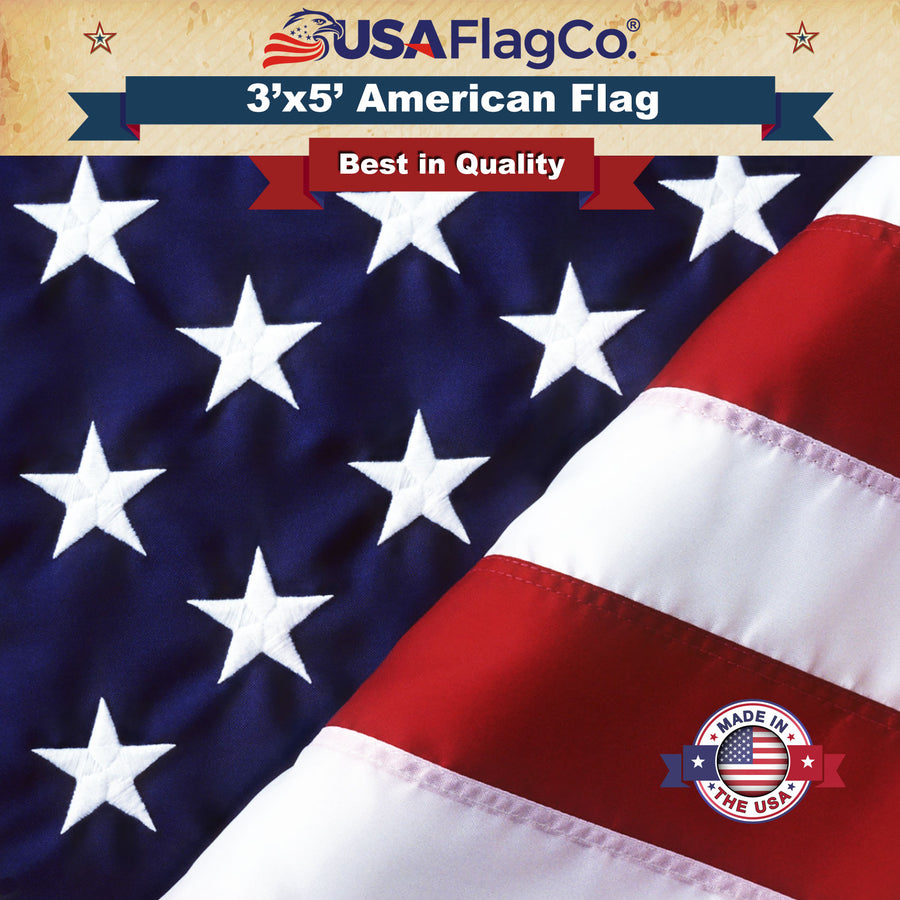
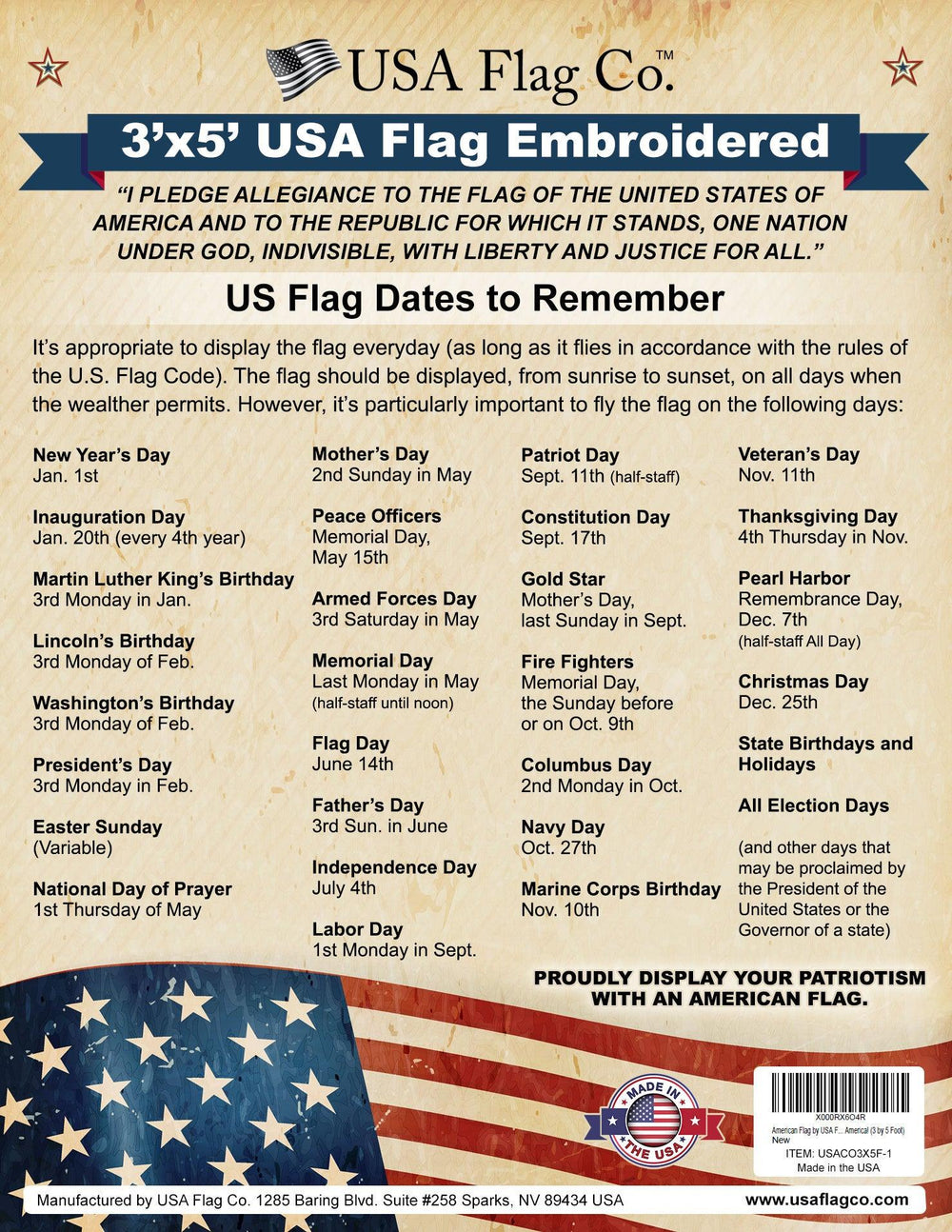
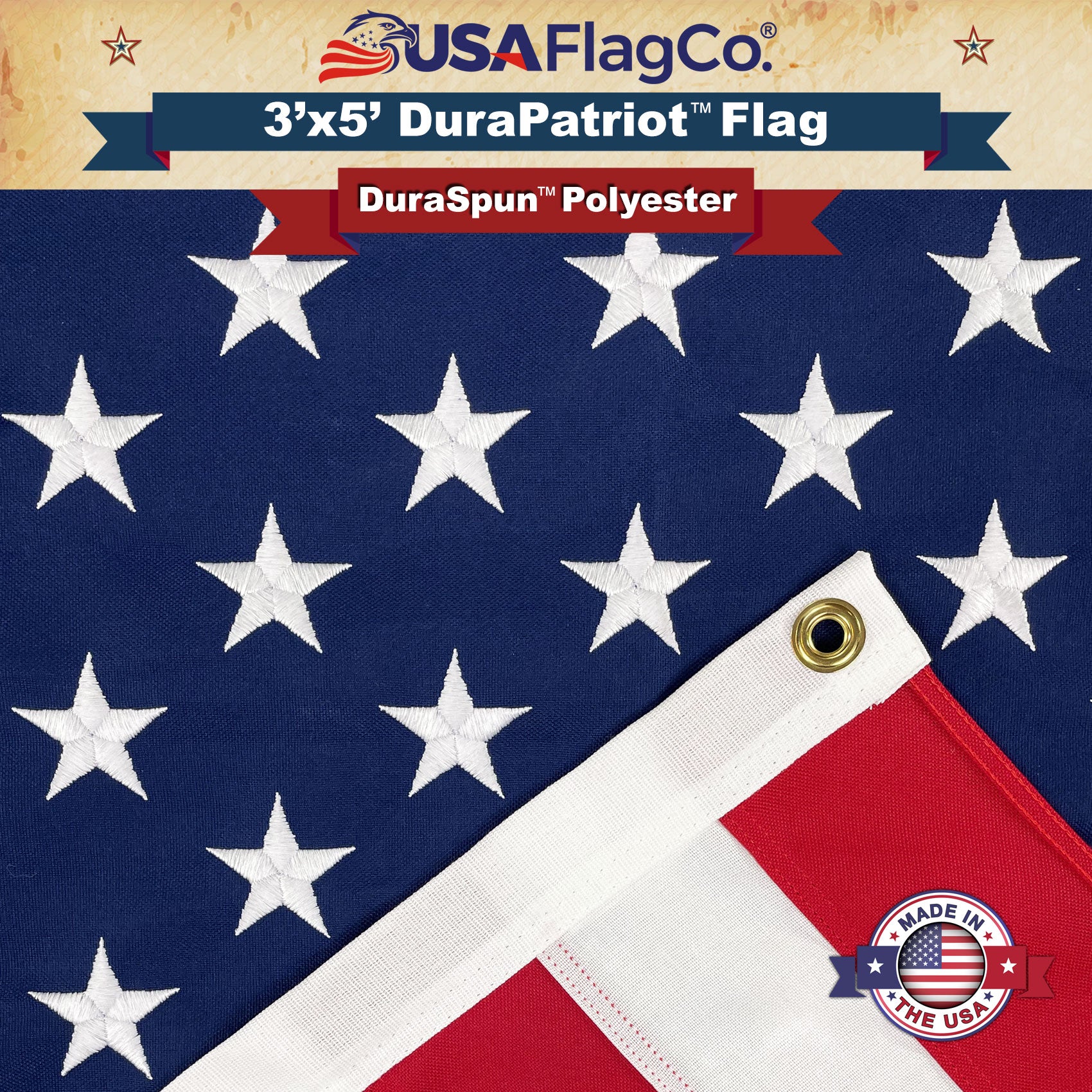
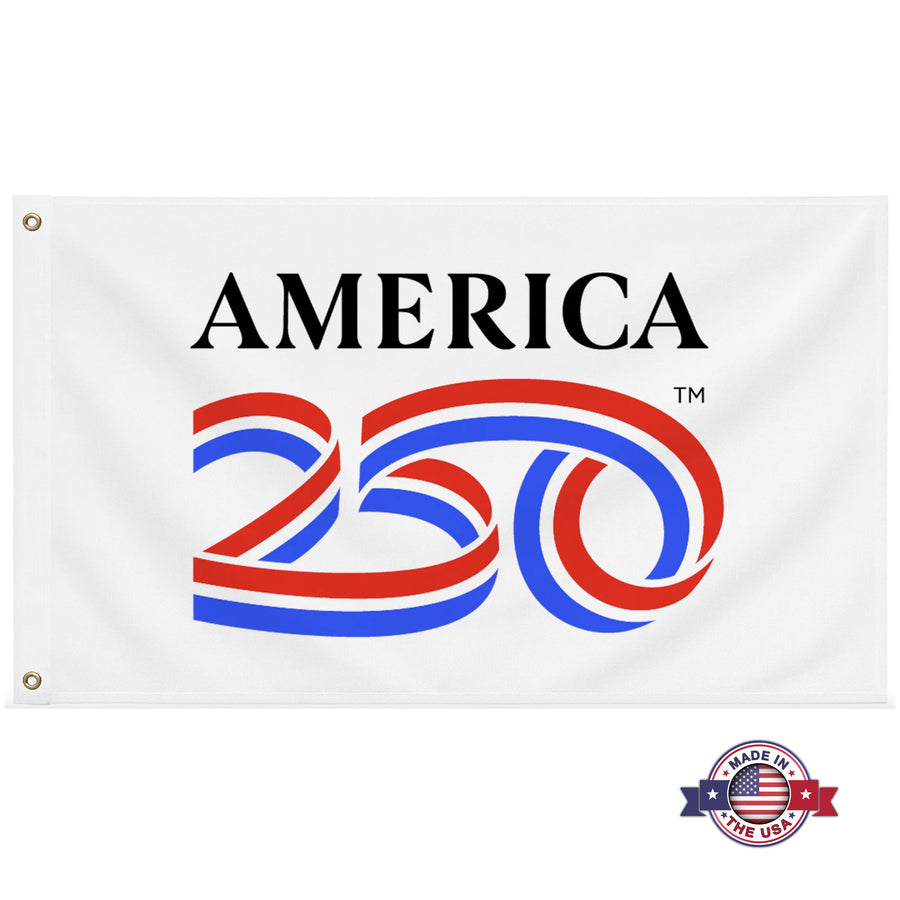
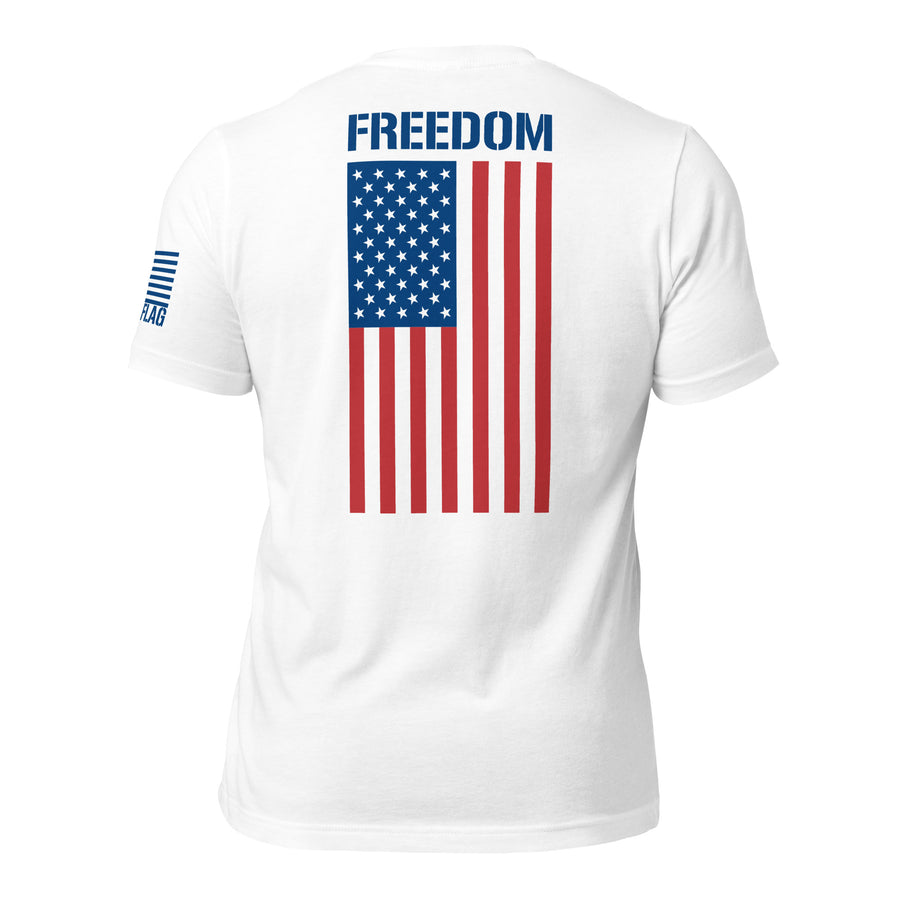
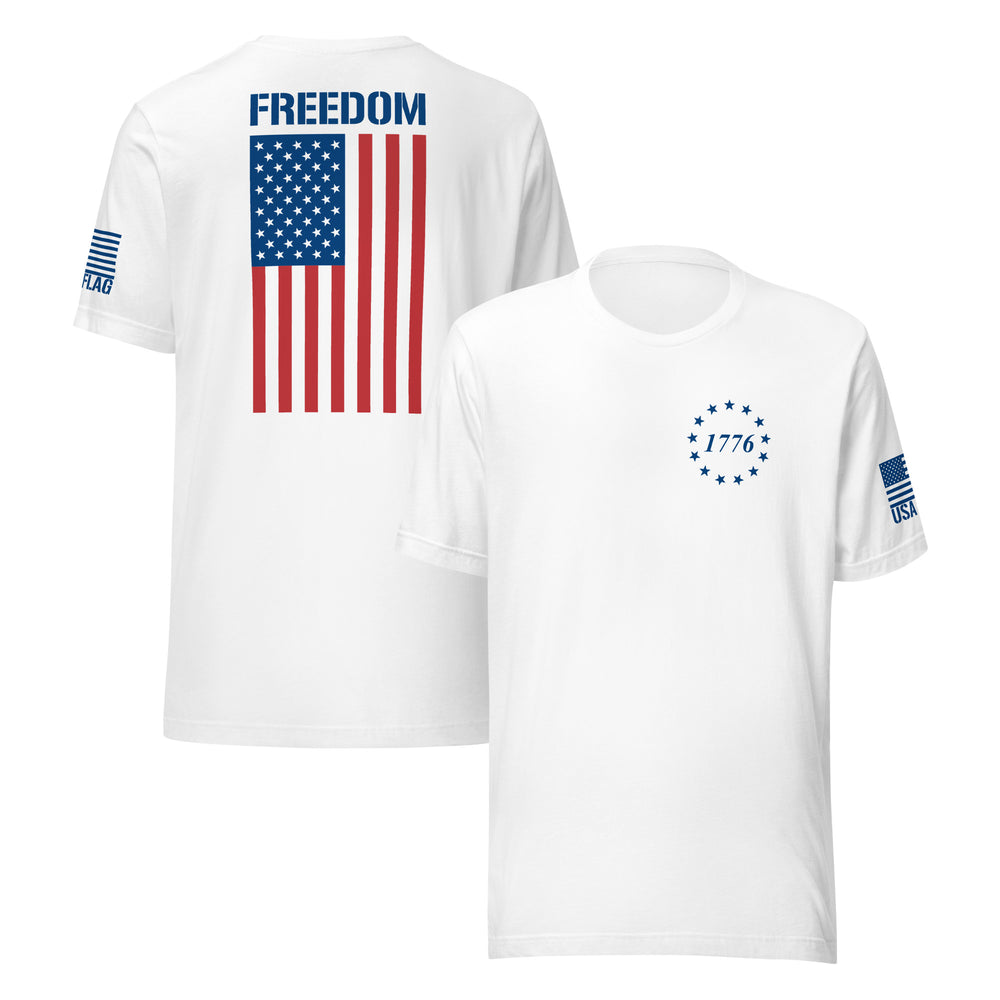
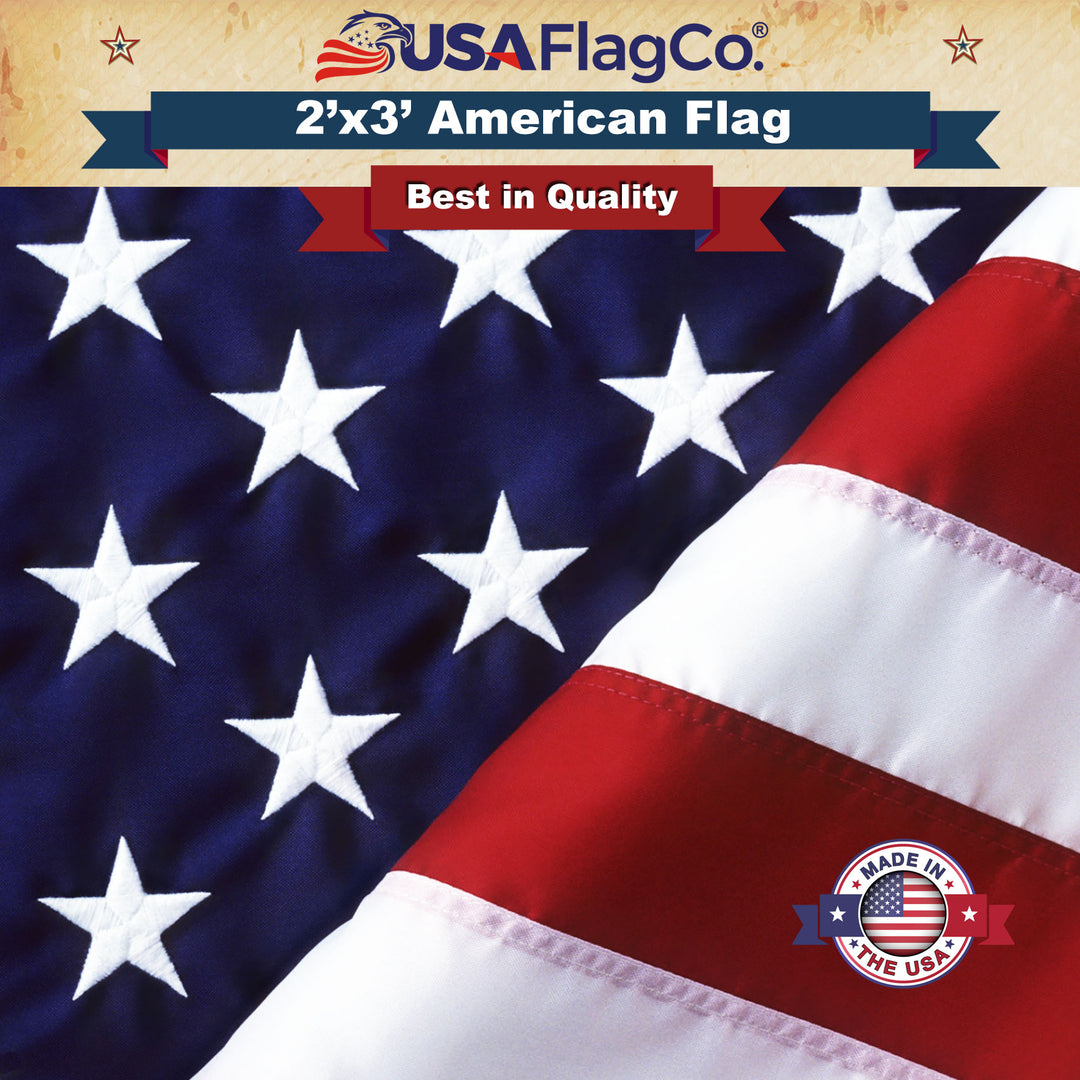
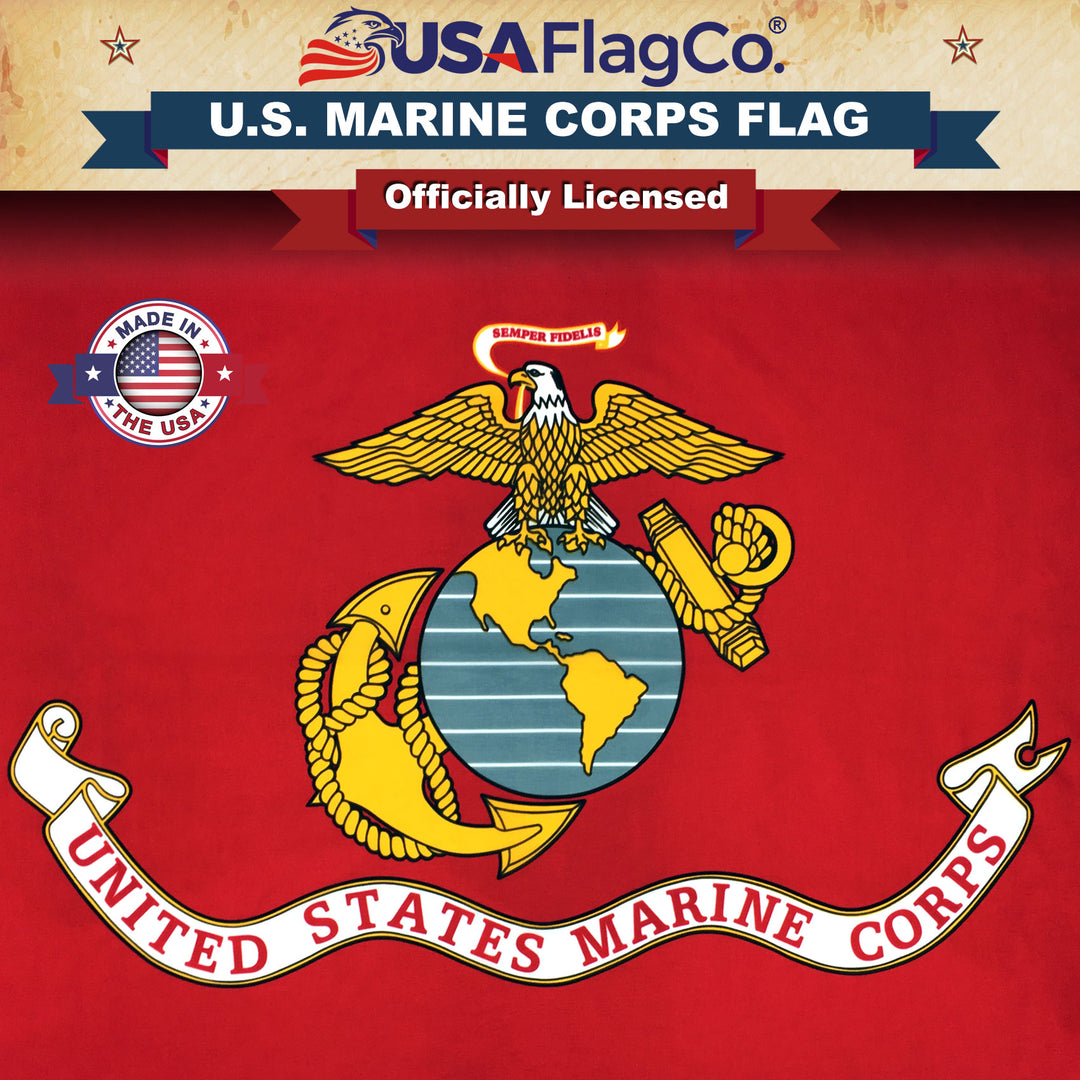
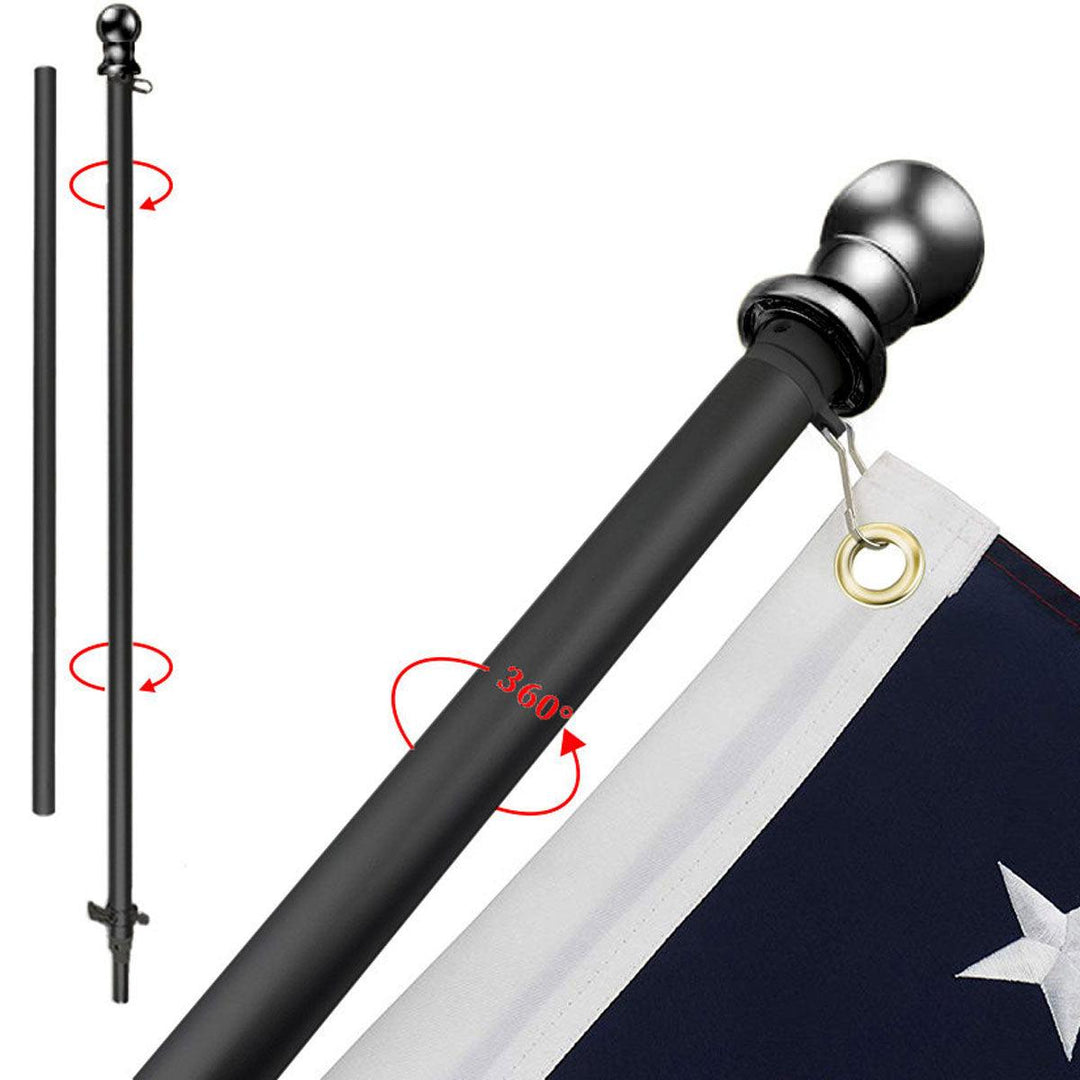
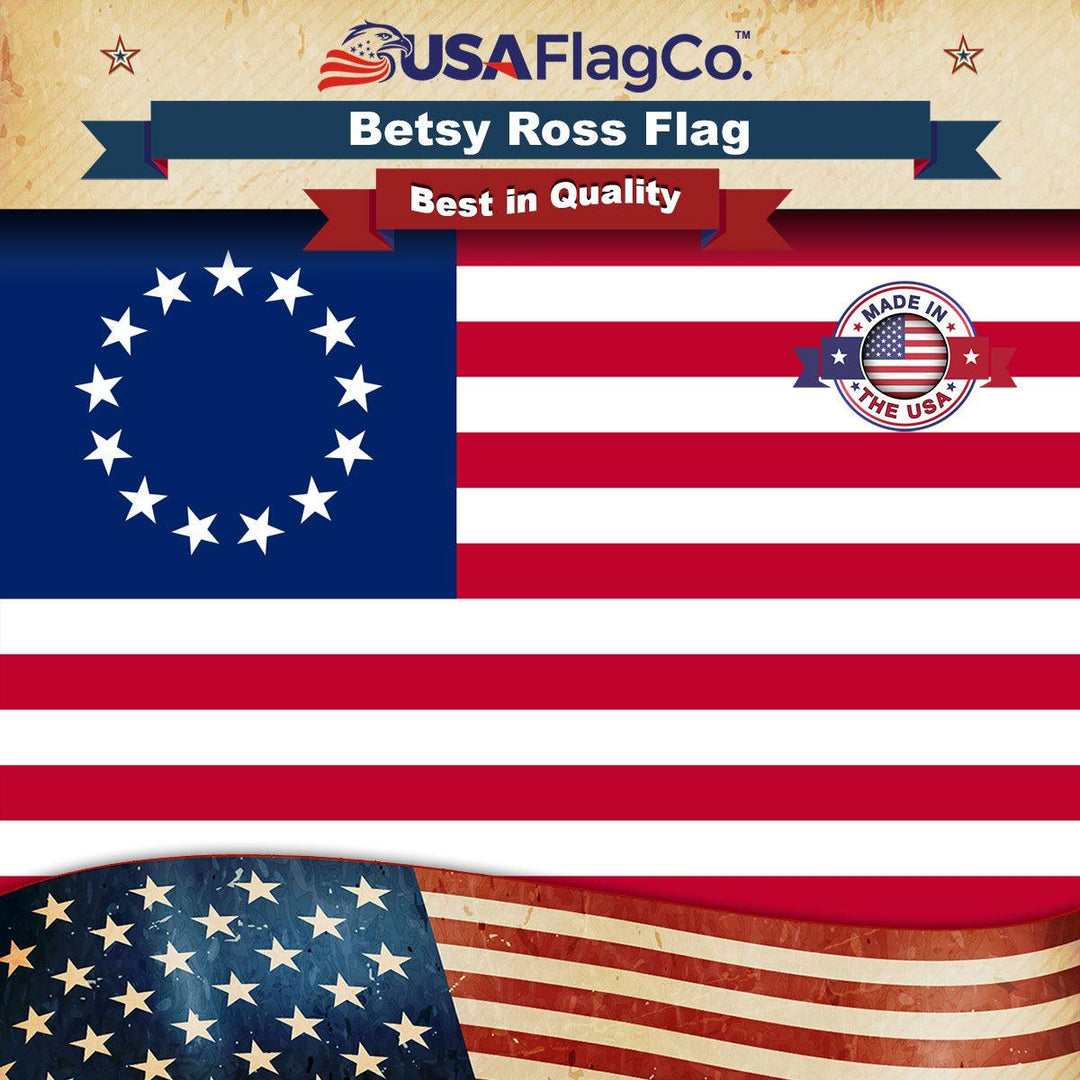
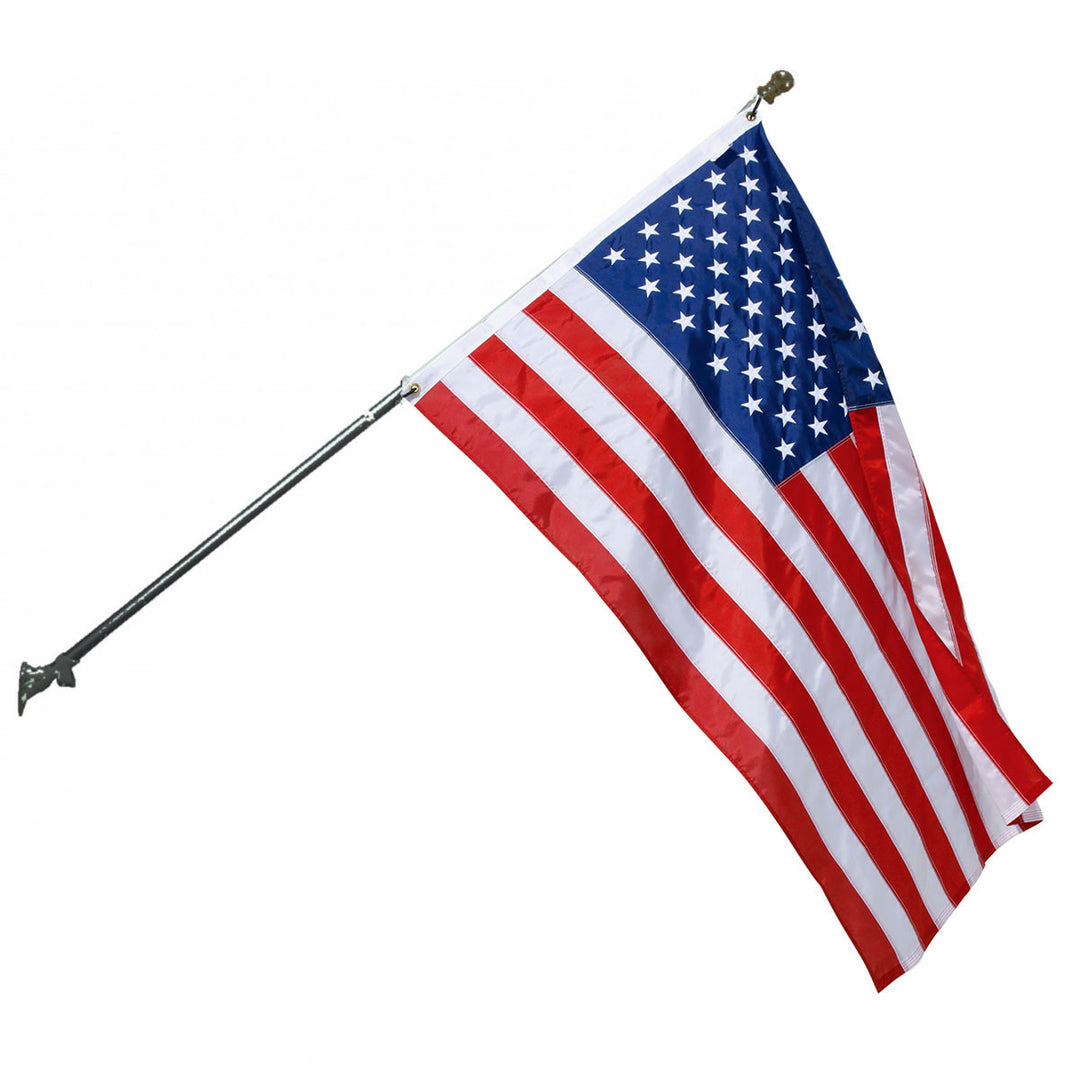
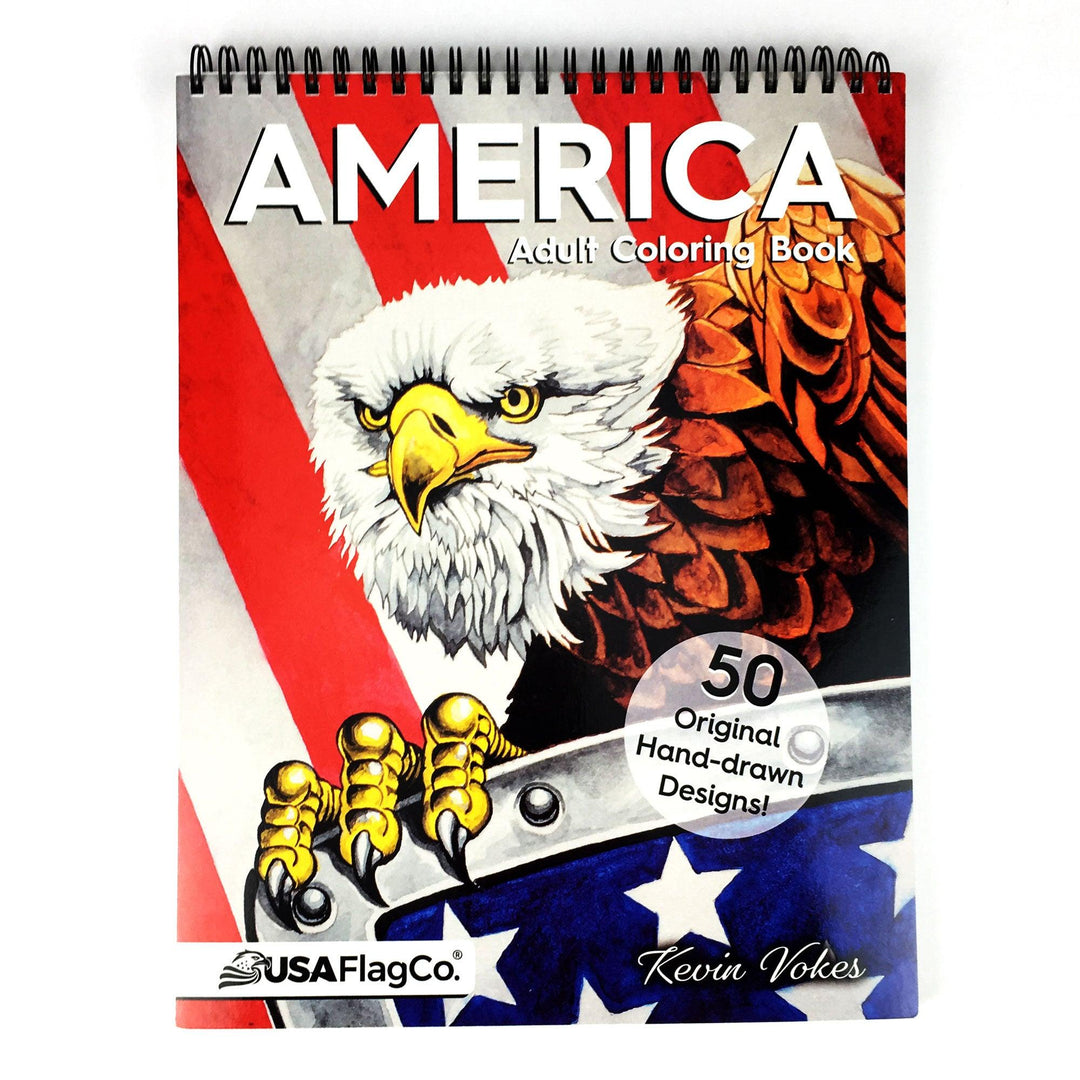
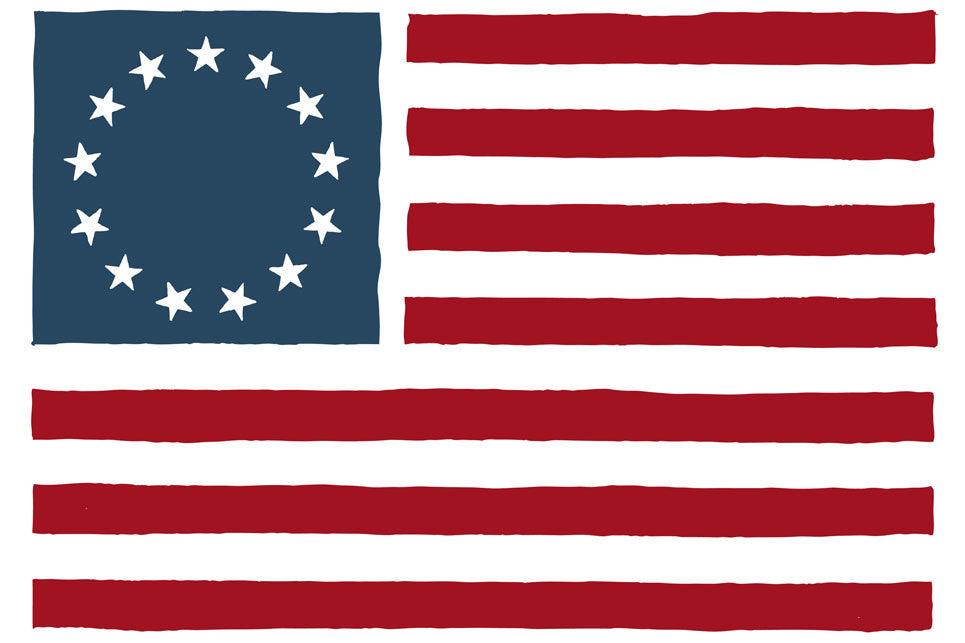
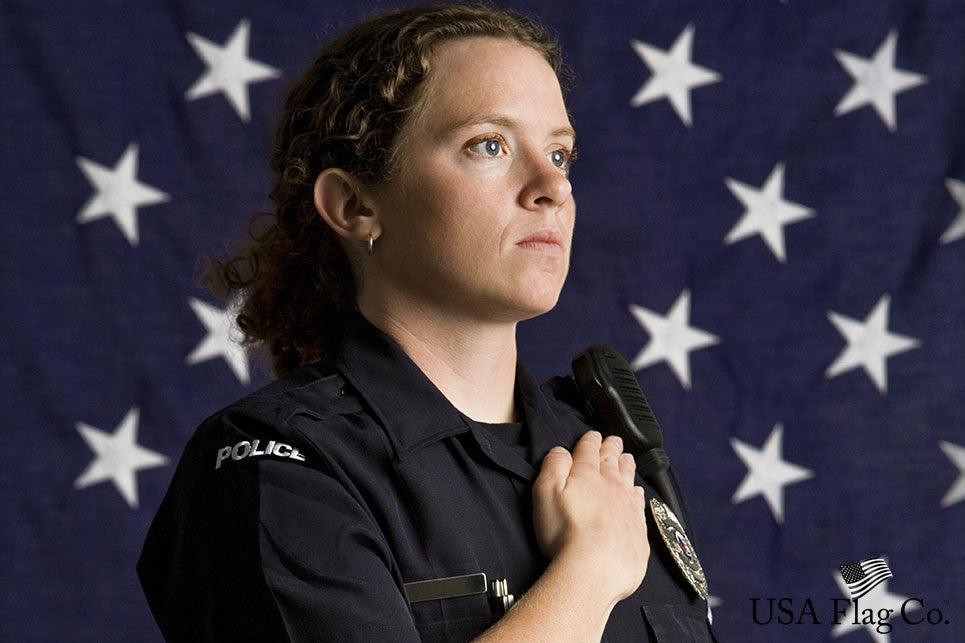
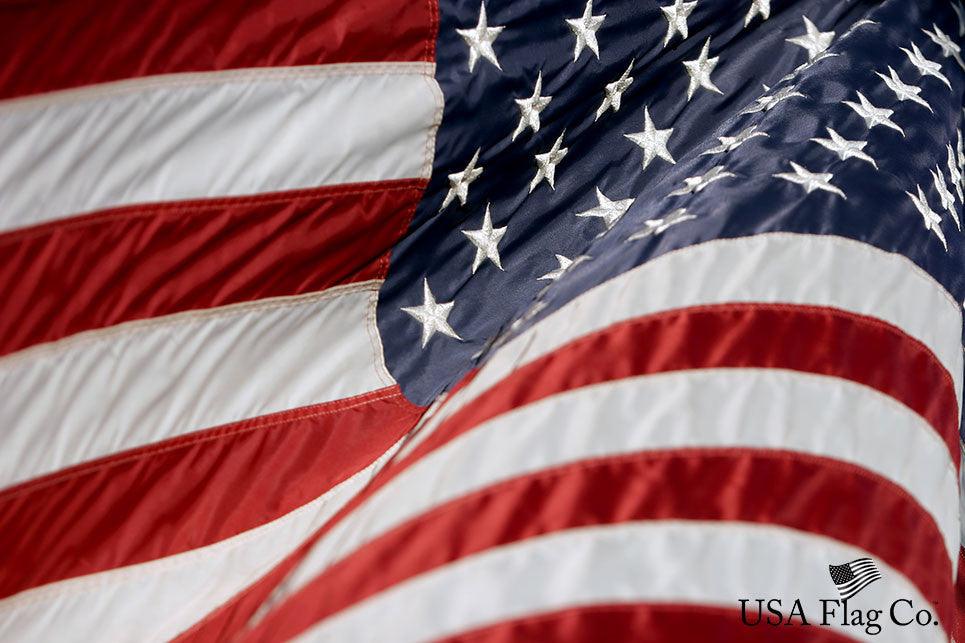
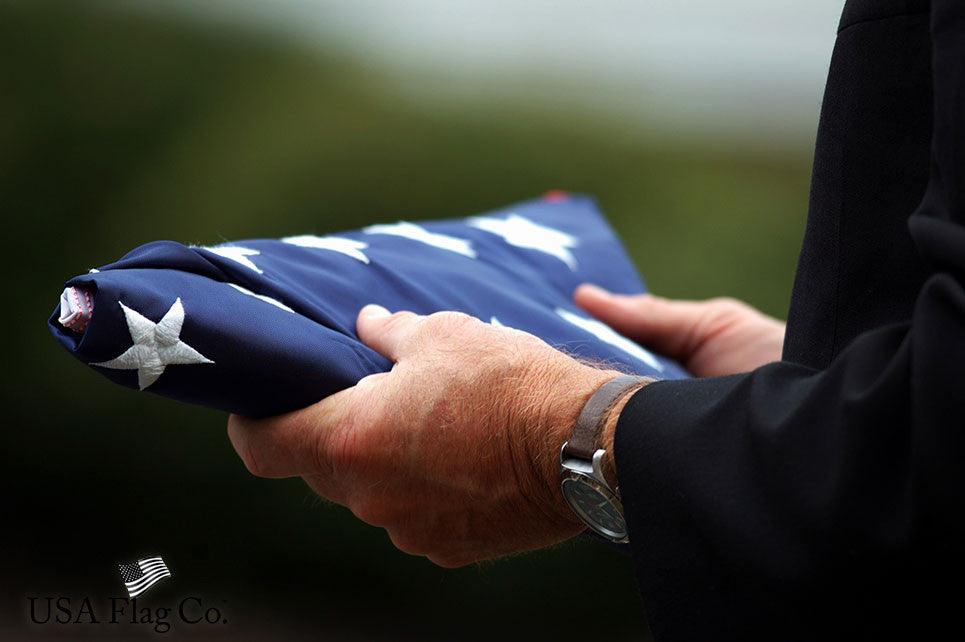
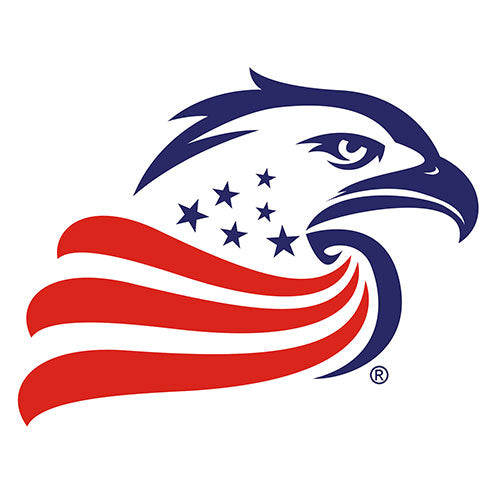


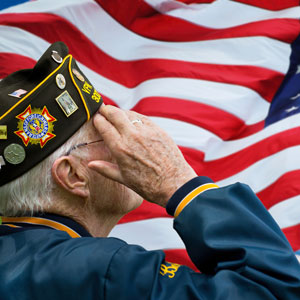
Leave a comment